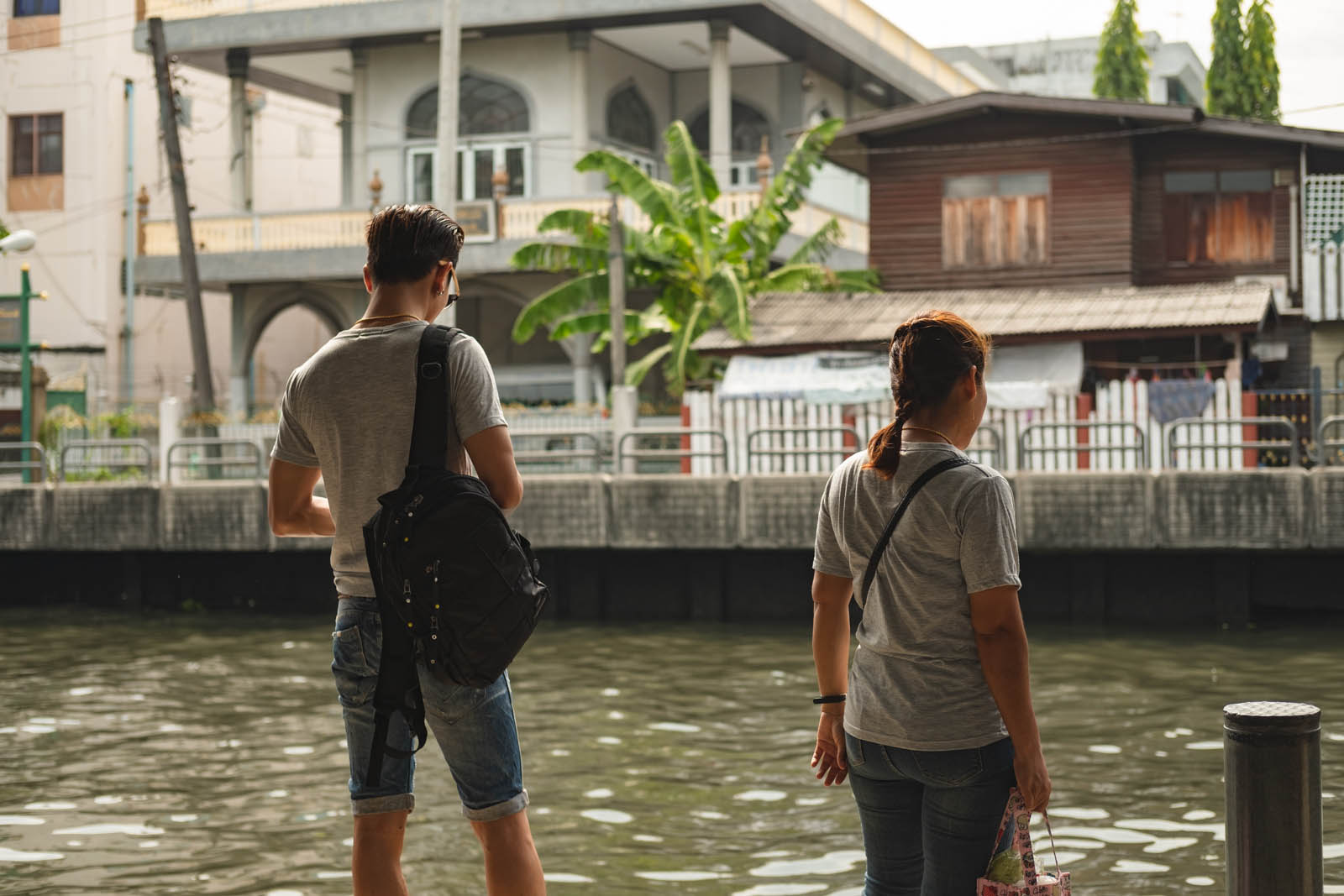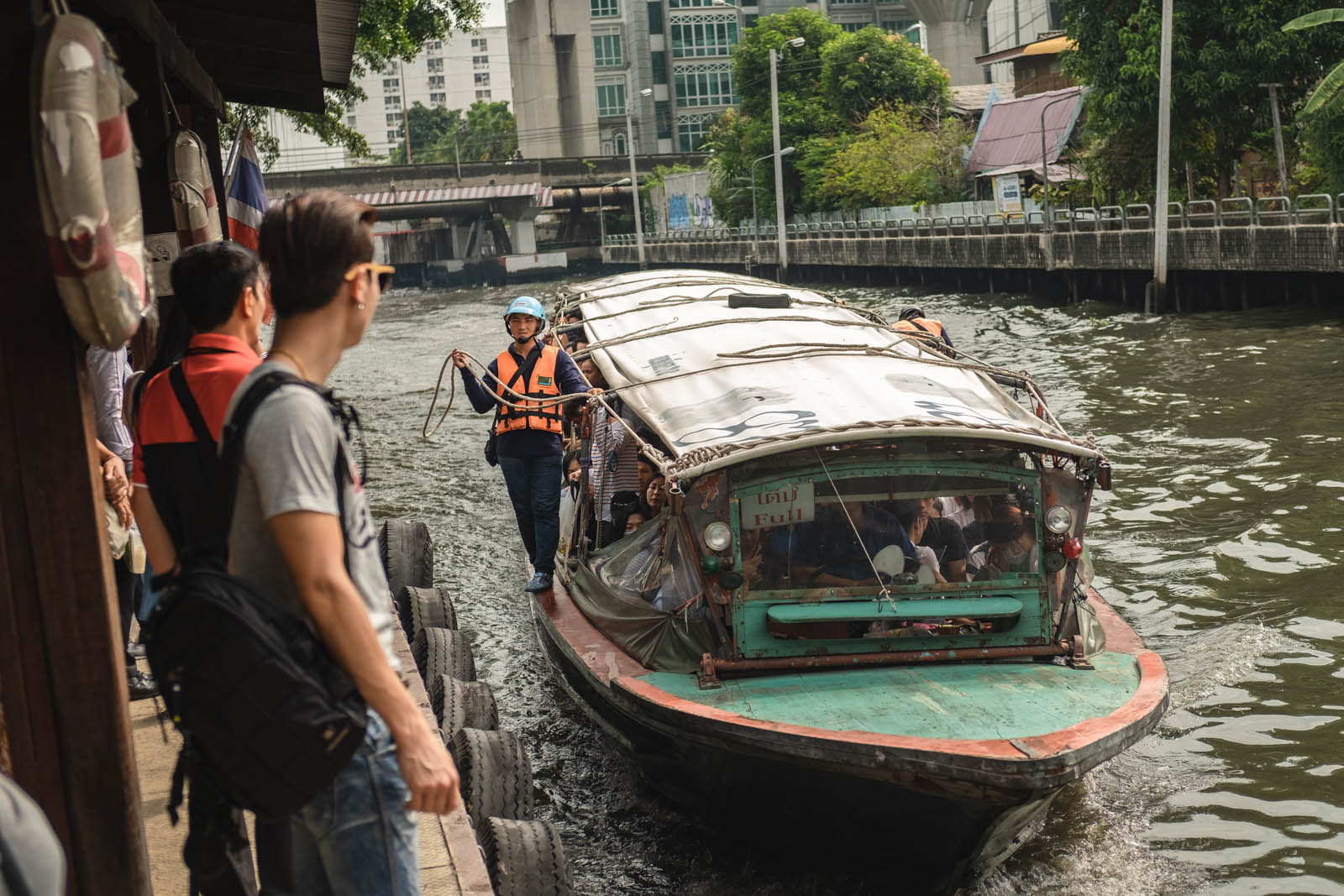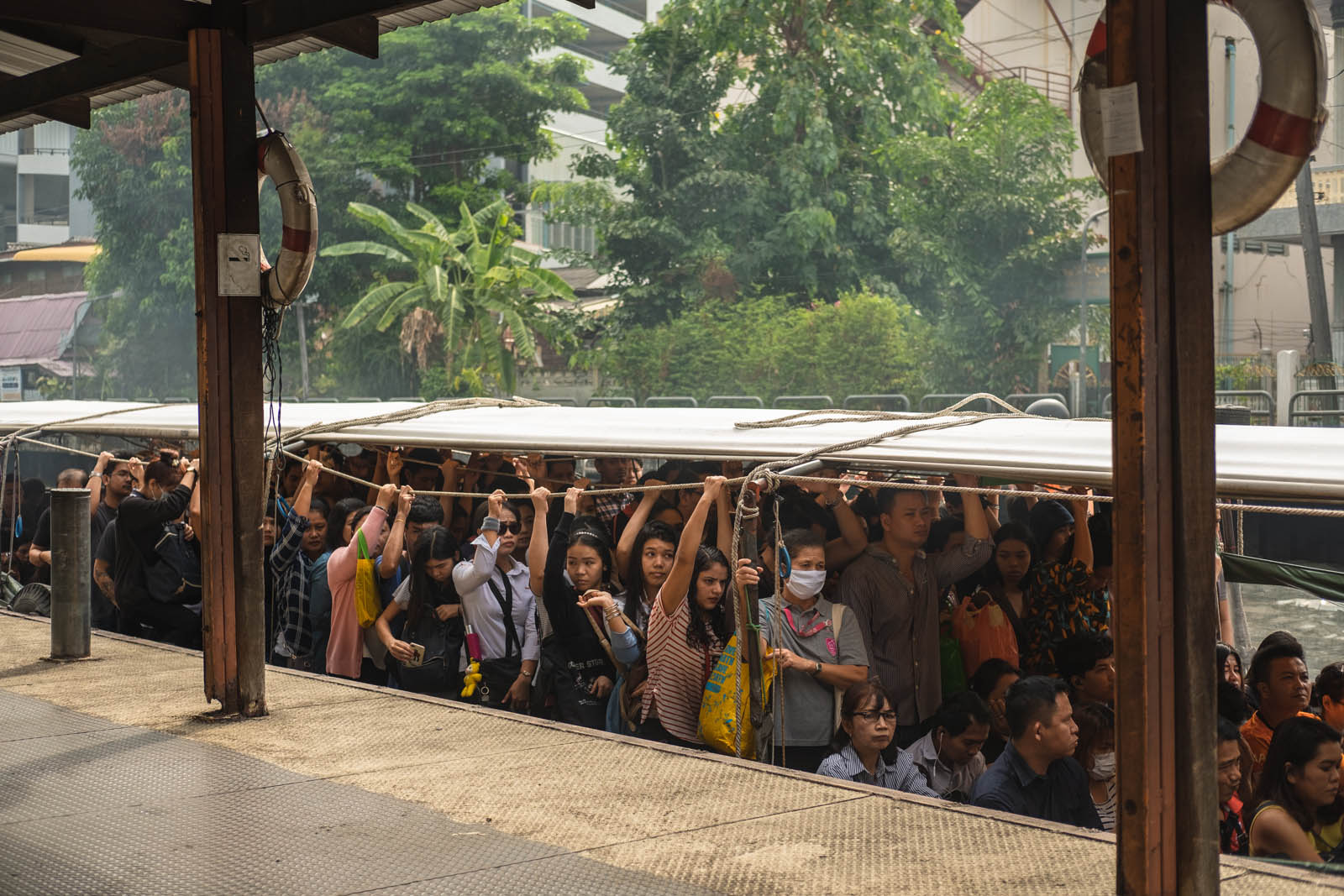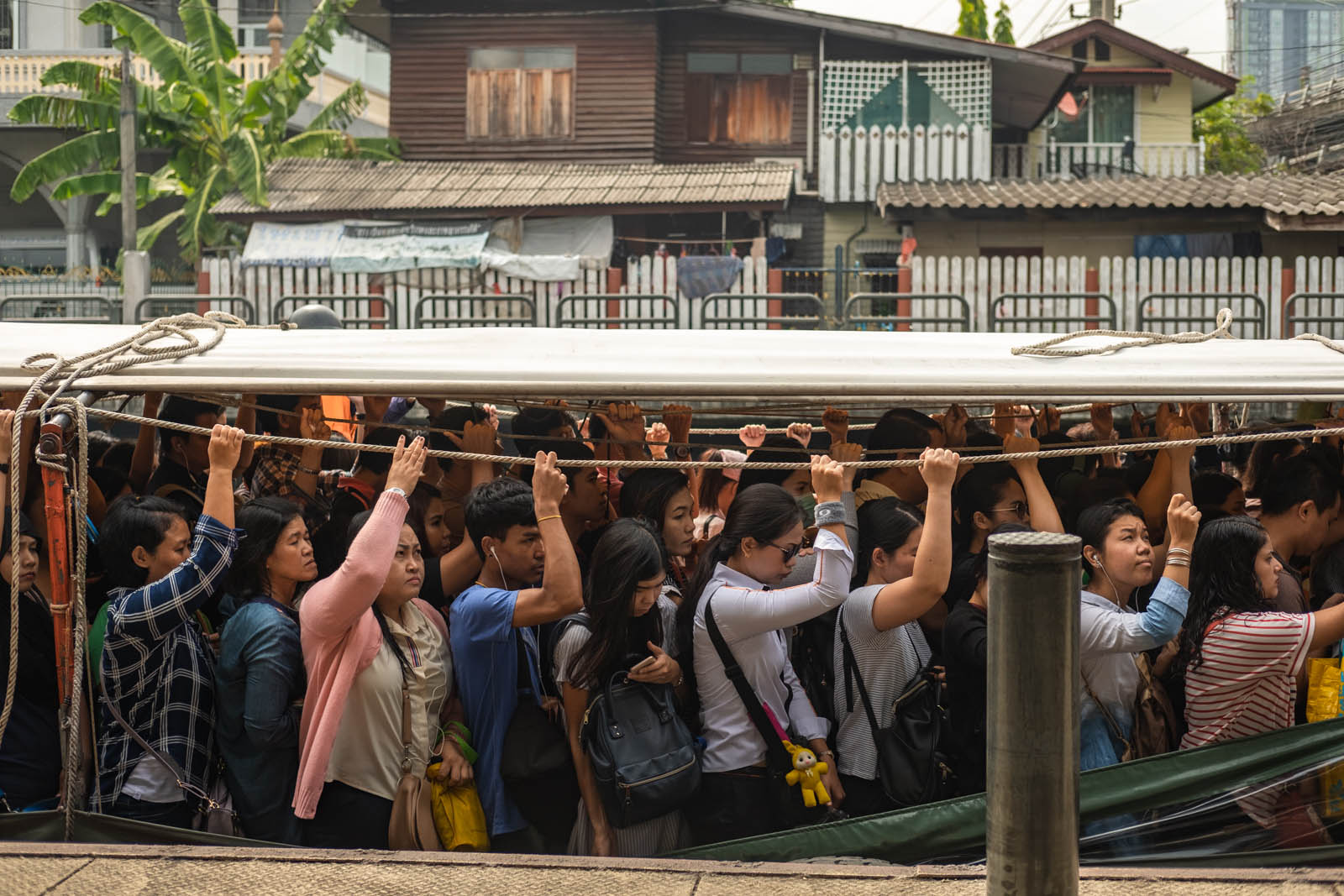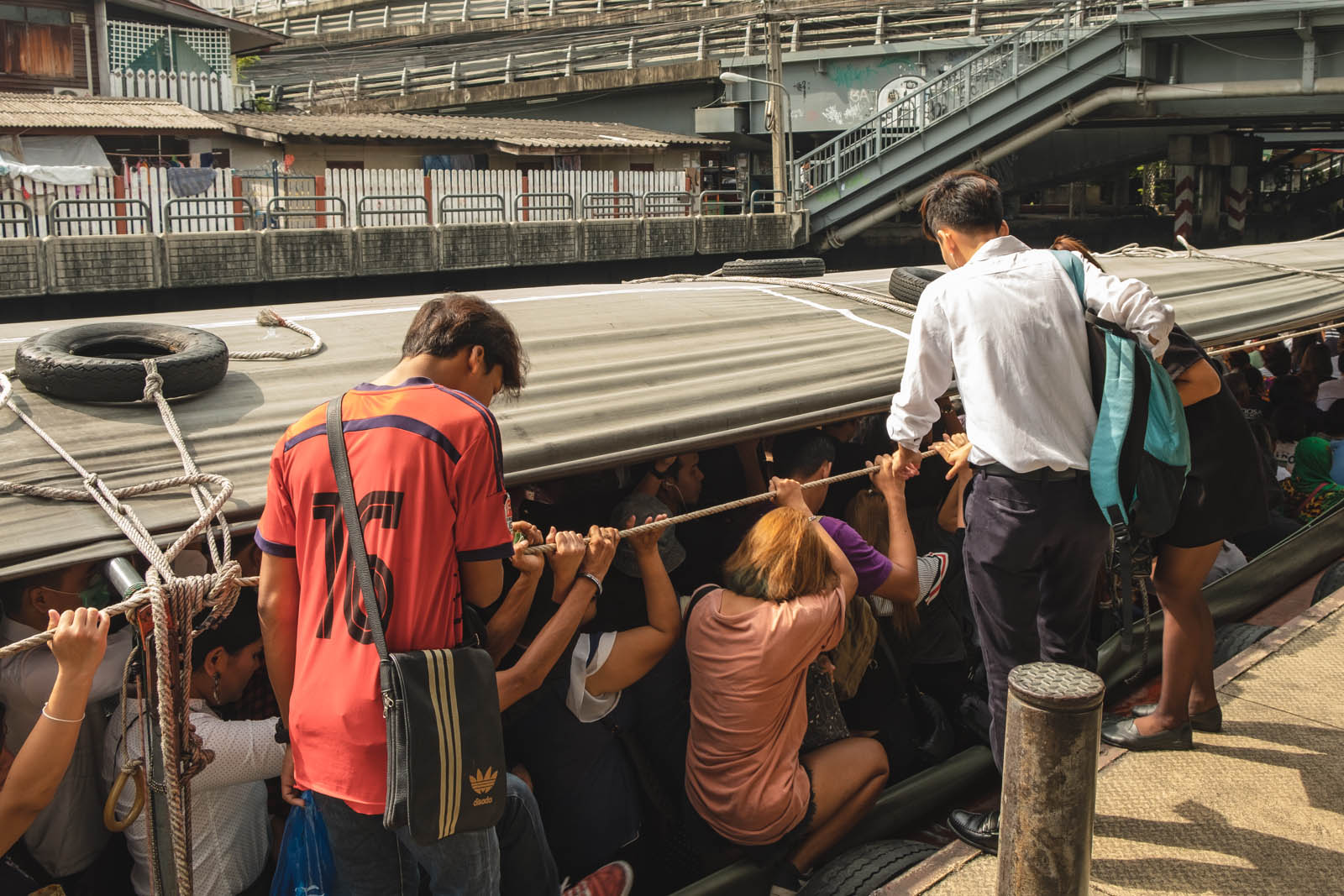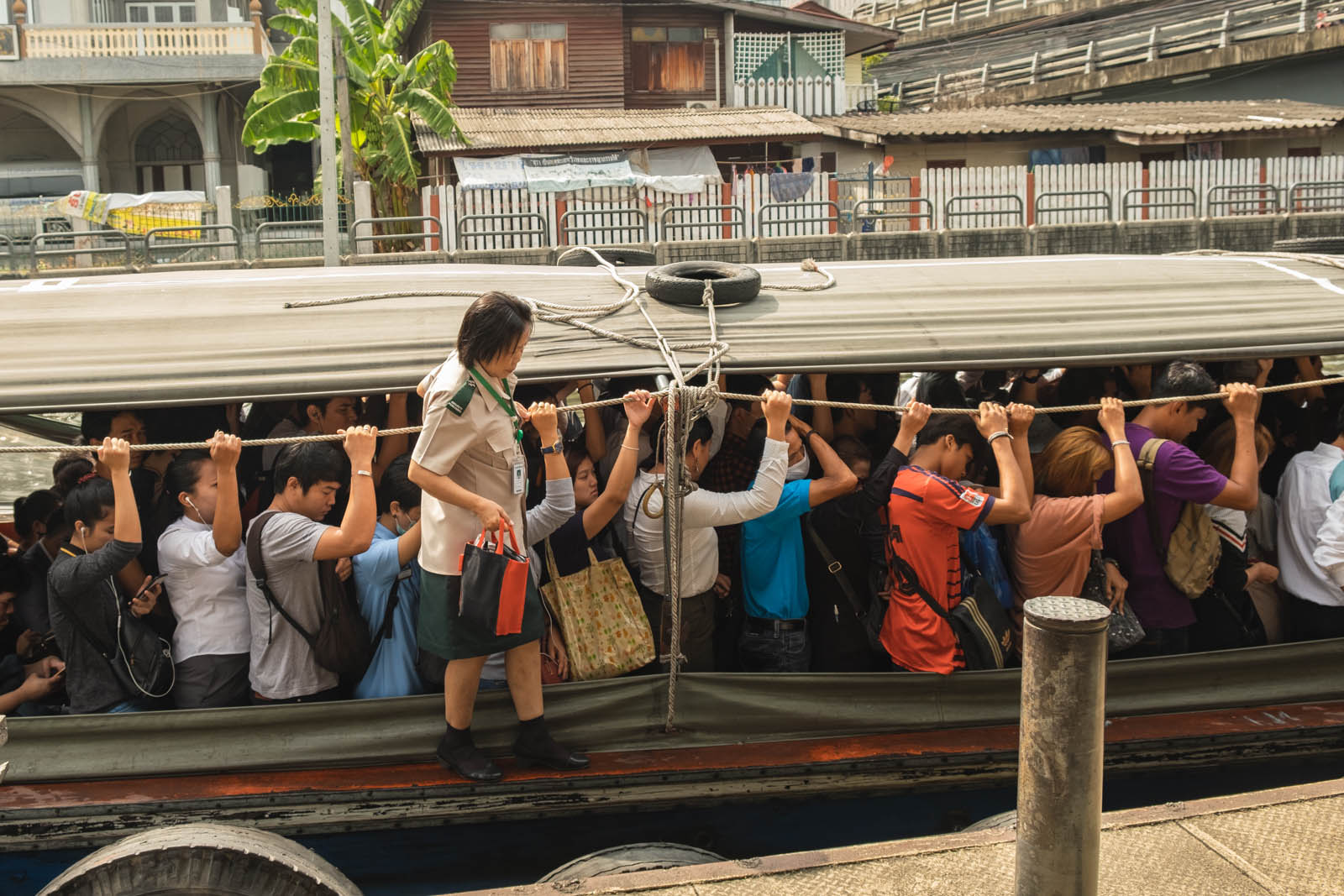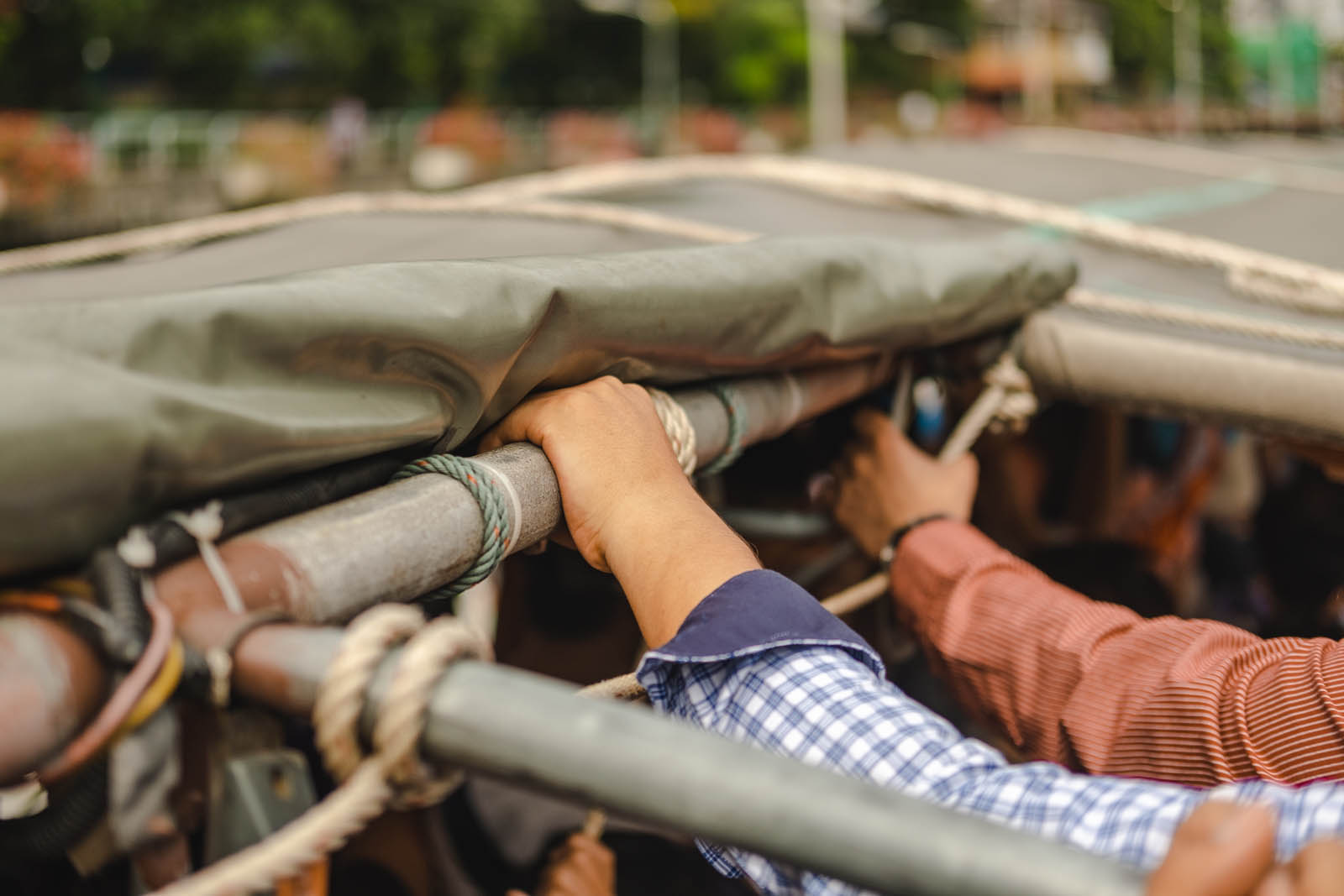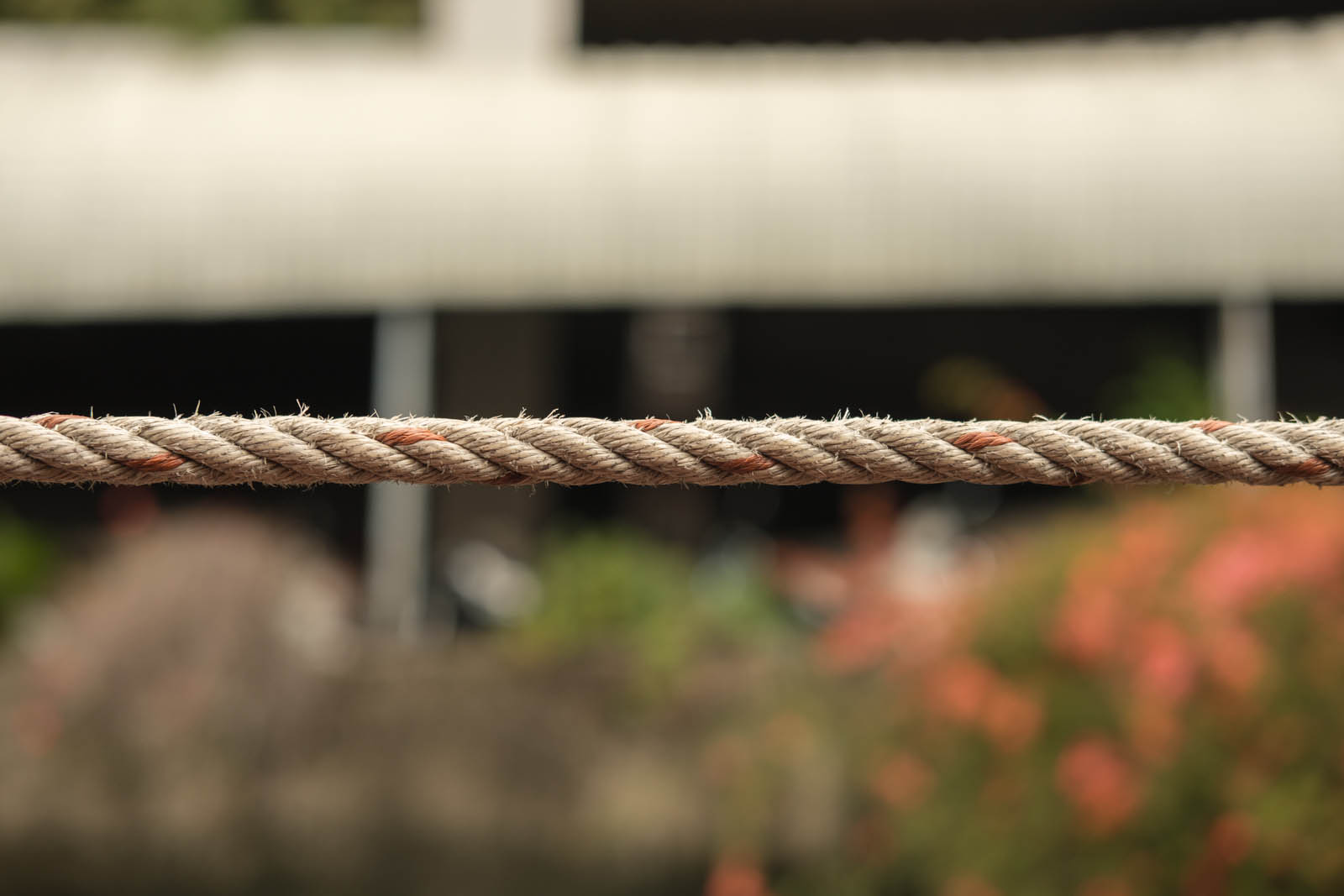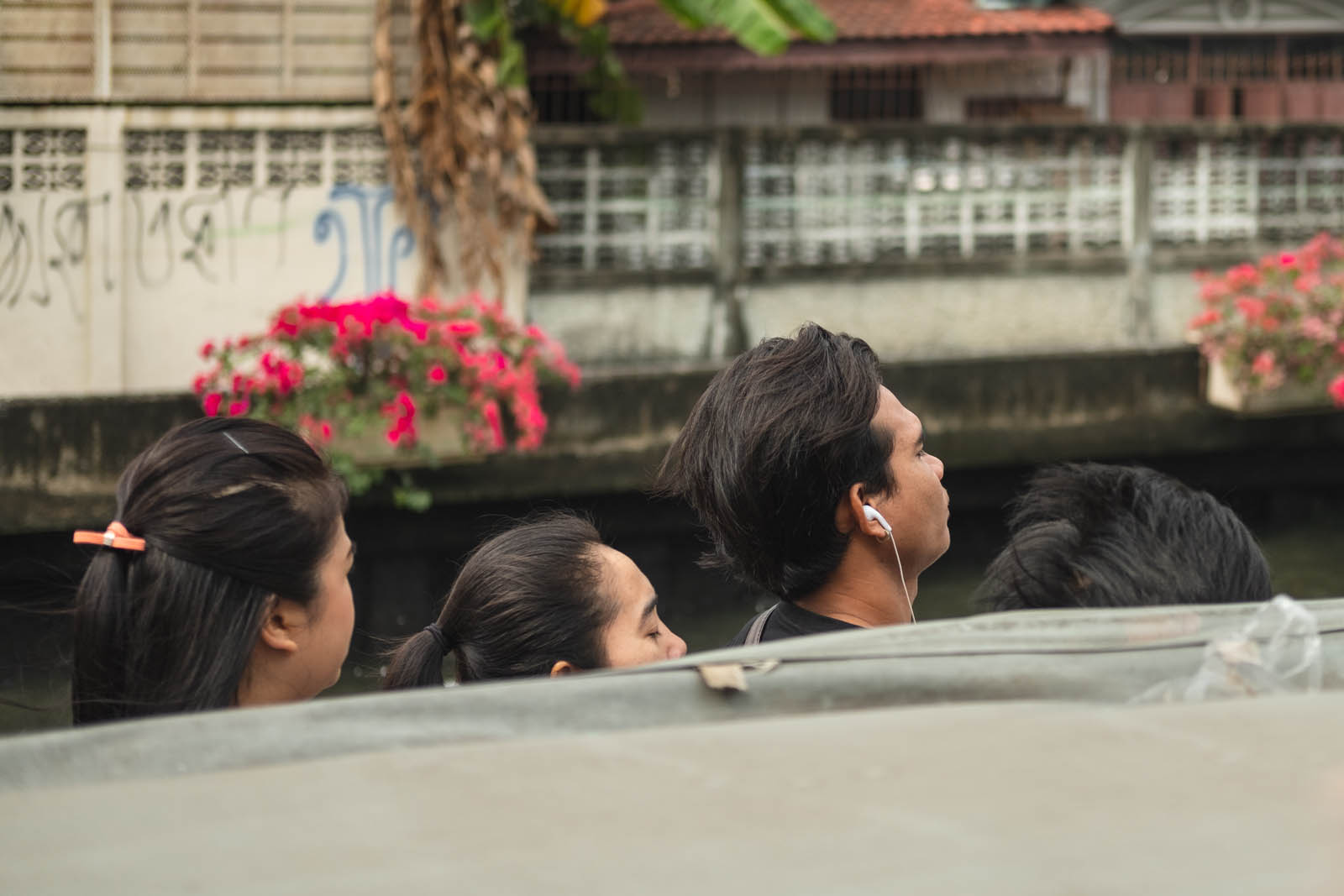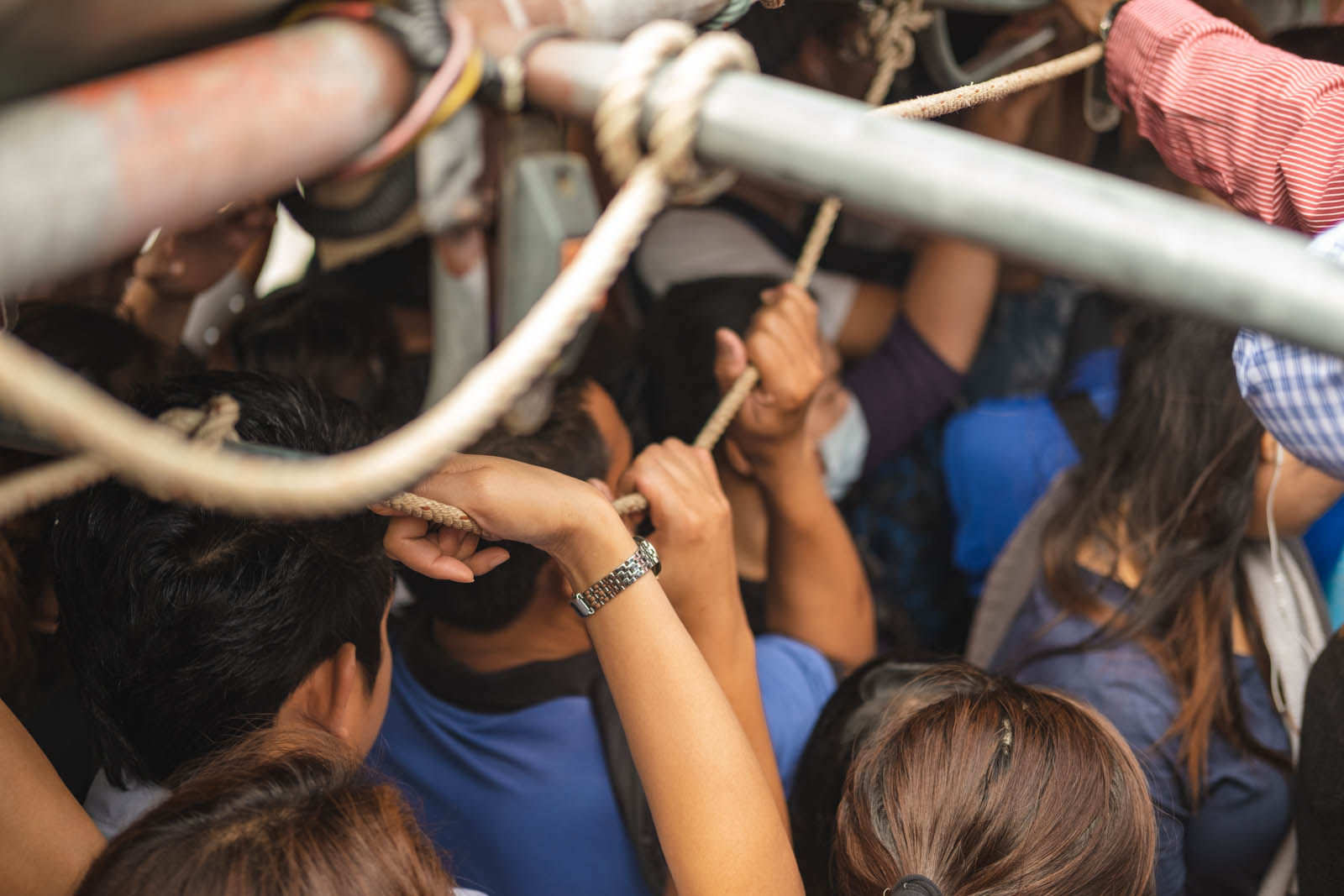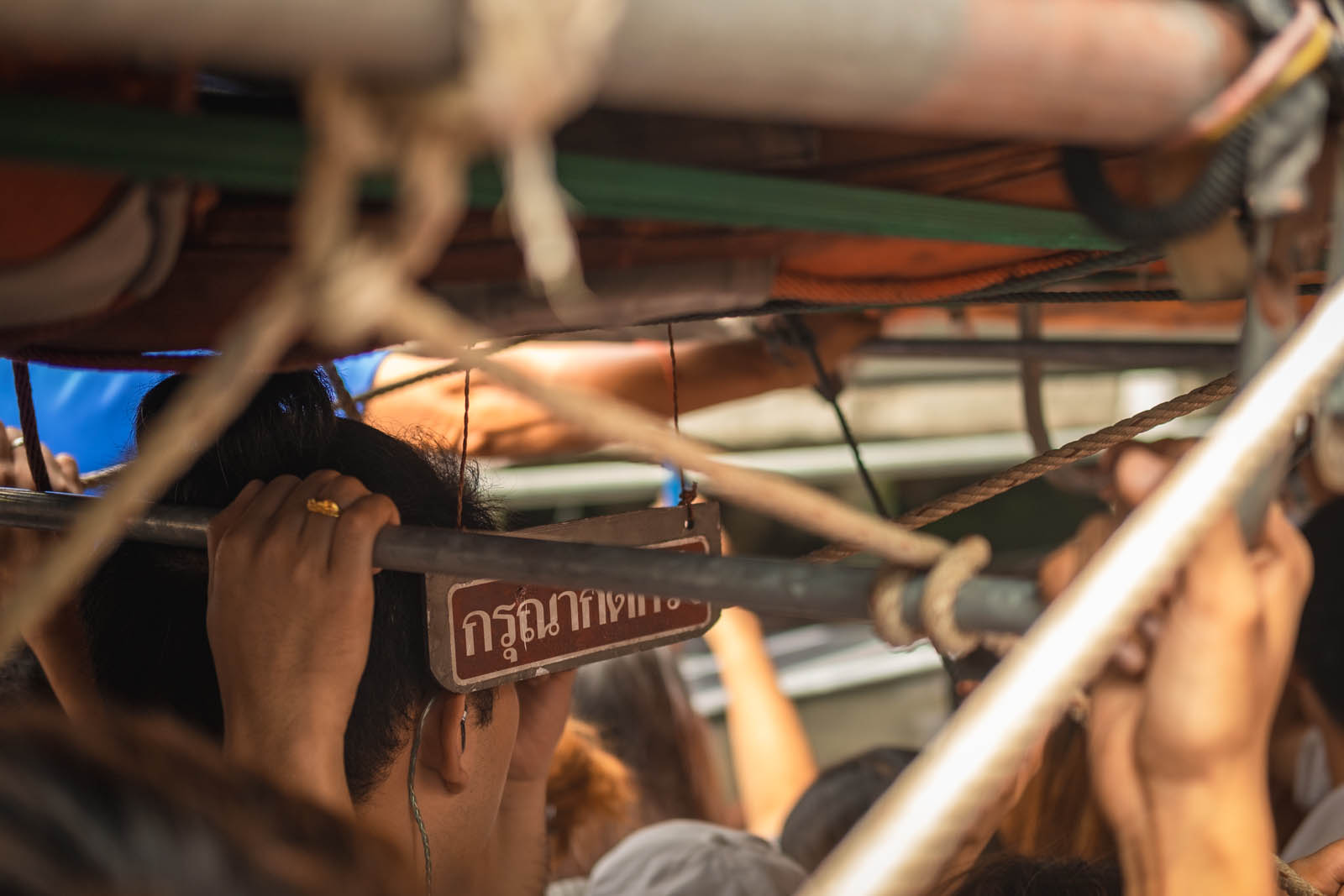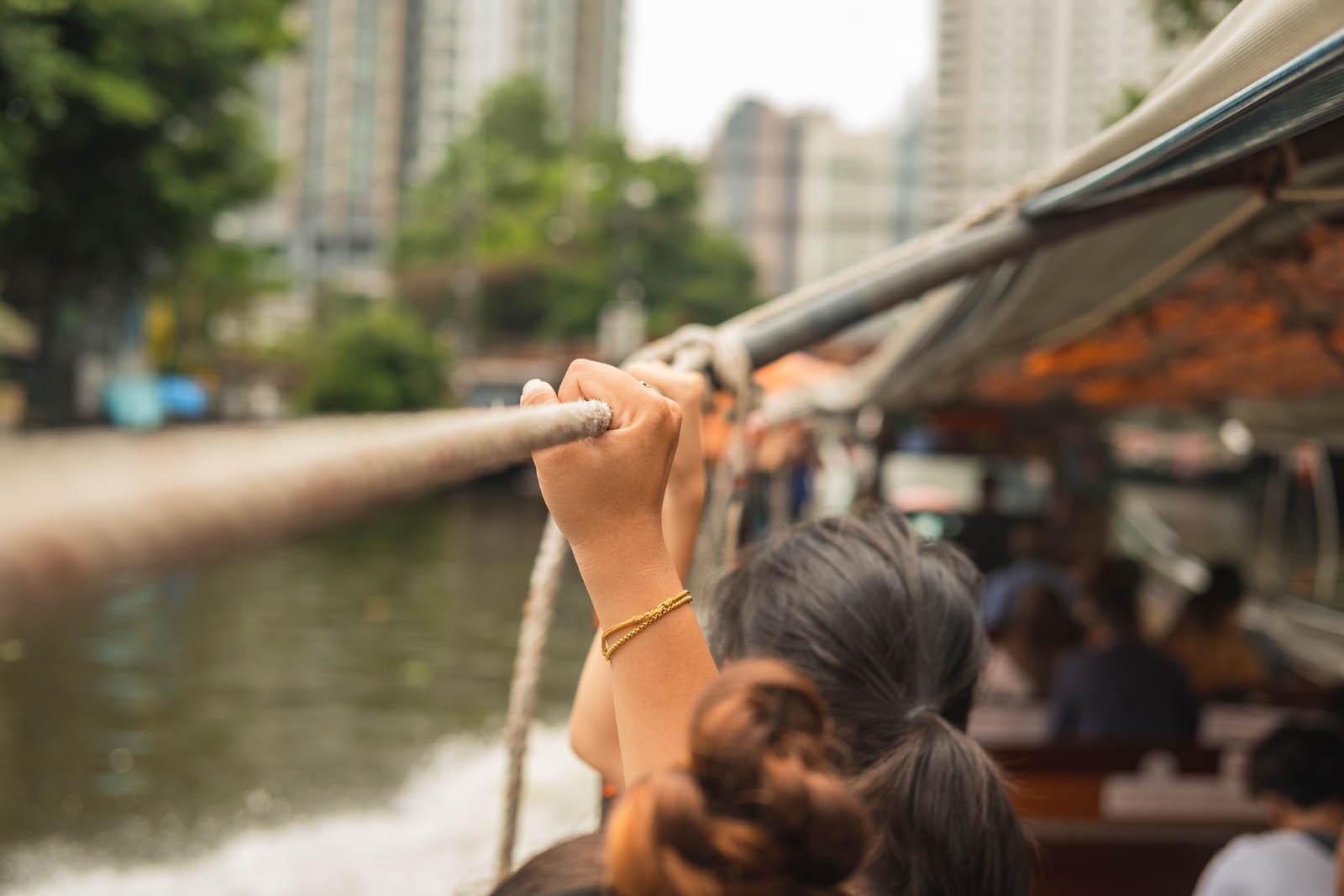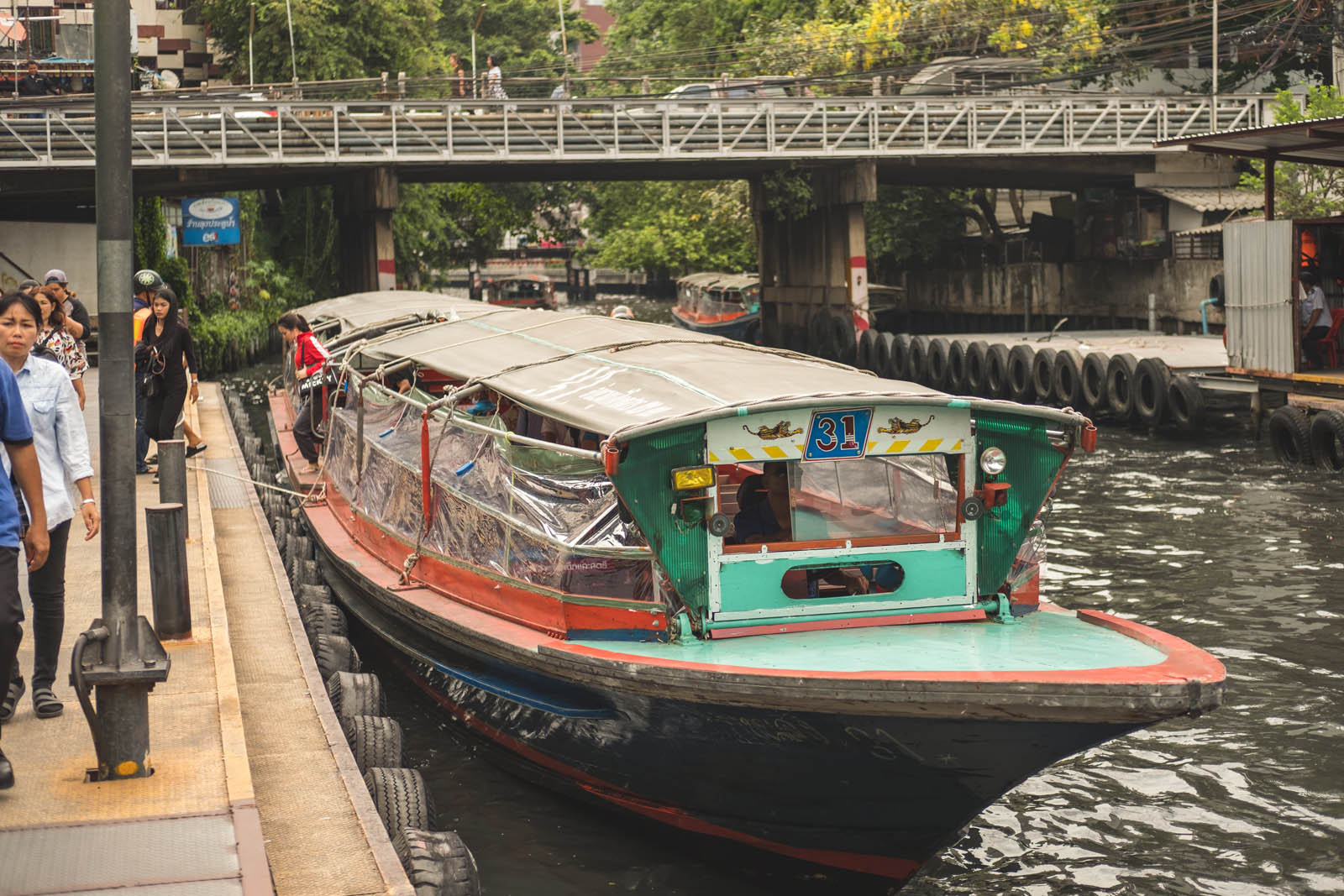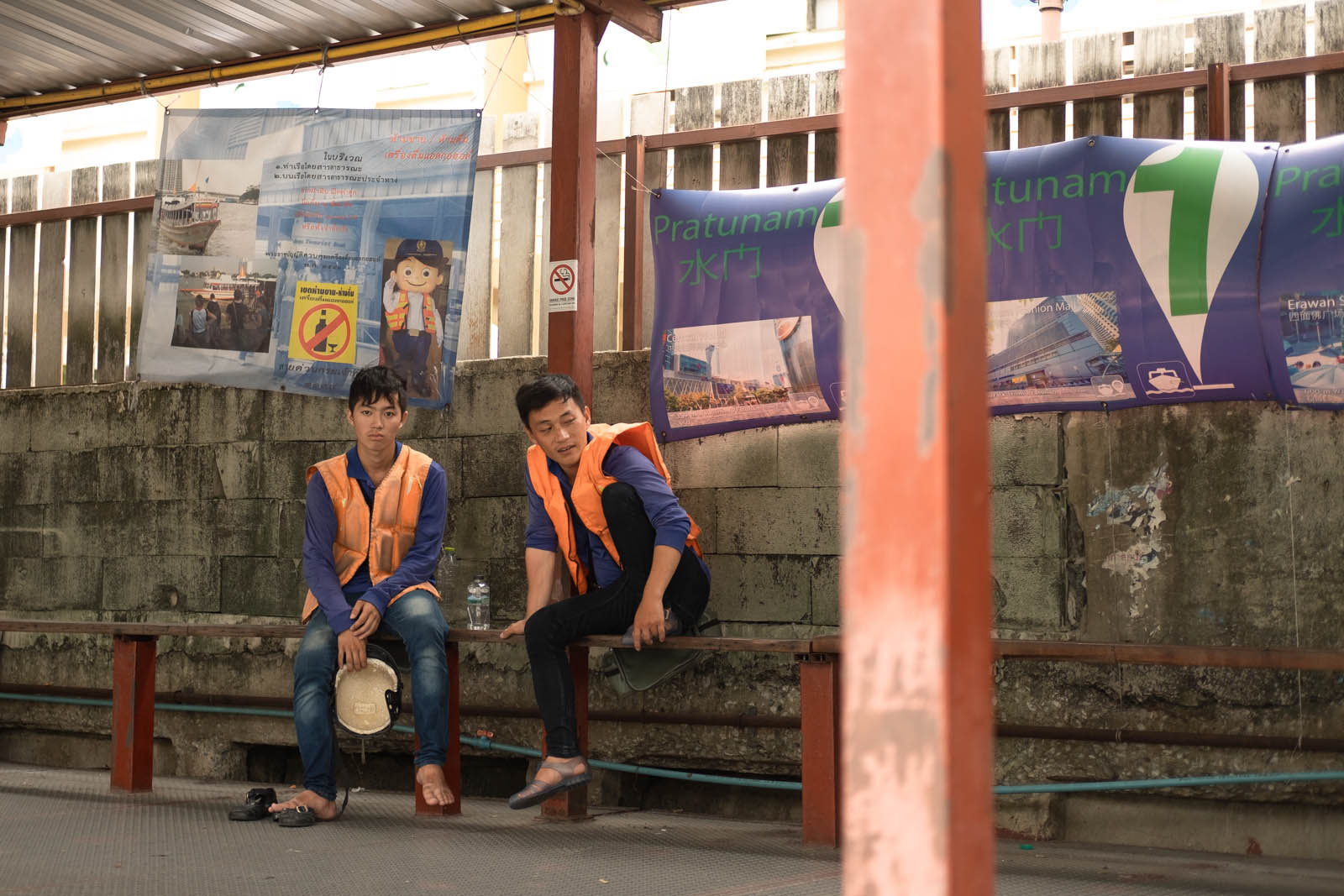The veins of Bangkok
A ride on the water buses that snake through the tangled canals of Bangkok’s urban sprawl.
The veins of Bangkok
Talk to any old Asia hand long enough, and they’ll eventually wax poetic about the Bangkok of yesteryear. The stories usually begin in the haze of Patpong or Soi Cowboy, with heroin-addled soldiers on R&R from the Vietnam War. Push them further back in time, though, and the tales take a wistful turn, of a Bangkok before the skyscrapers and chaos. A Bangkok that was little more than a damp riverside outpost, once called the “Venice of the East.”
The legend goes like this: Bangkok, born in the marshlands on the edge of the Chao Phraya River, was a city of water. A labyrinth of canals, khlongs, as the Thais call them, cut through the city, more numerous than roads. Boats weren’t just a way of life; they were the way of life. Over time, though, the water gave way to concrete. The khlongs were drained, filled, paved over to make room for roads. The boats vanished, replaced by buses, taxis, and motorbikes, and with them came the infamous traffic jams that define the modern city.
But not all of it disappeared. If you know where to look, the old Bangkok is still alive, clinging to the water. The commuter boats, ramshackle and noisy, still dart through the remaining khlongs, ferrying passengers from one chaotic corner of the city to another. It’s not a journey for the faint of heart. Boarding often means leaping onto a barely stopped boat, pushing through a crush of bodies, grabbing onto whatever rope or rail you can find. And dodging the spray of filthy canal water that can slap you in the face if you hit another boats wake and just the right angle.
When I first lived in Bangkok, this was my daily commute, 13 baht a ride, about 39 cents. A bargain then, a bargain now. Sure, it was grimy, uncomfortable, and probably unsafe. But it was fast, cheap, and, in its own way, quite lovely.
